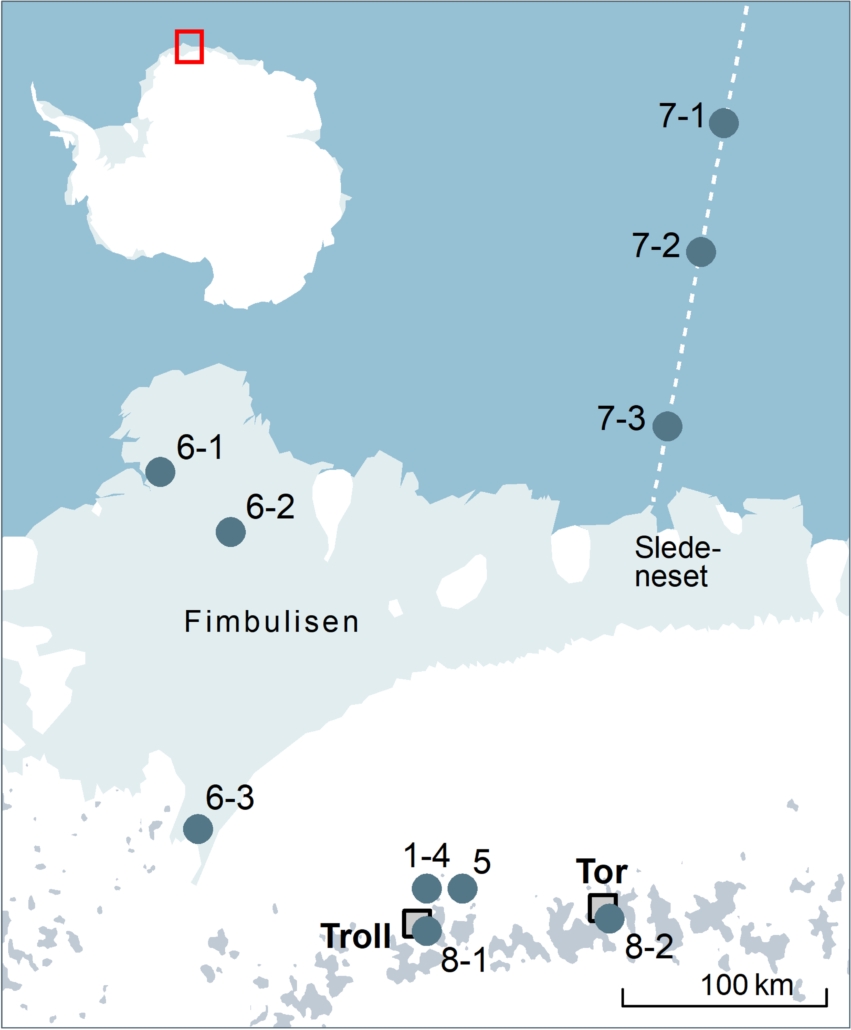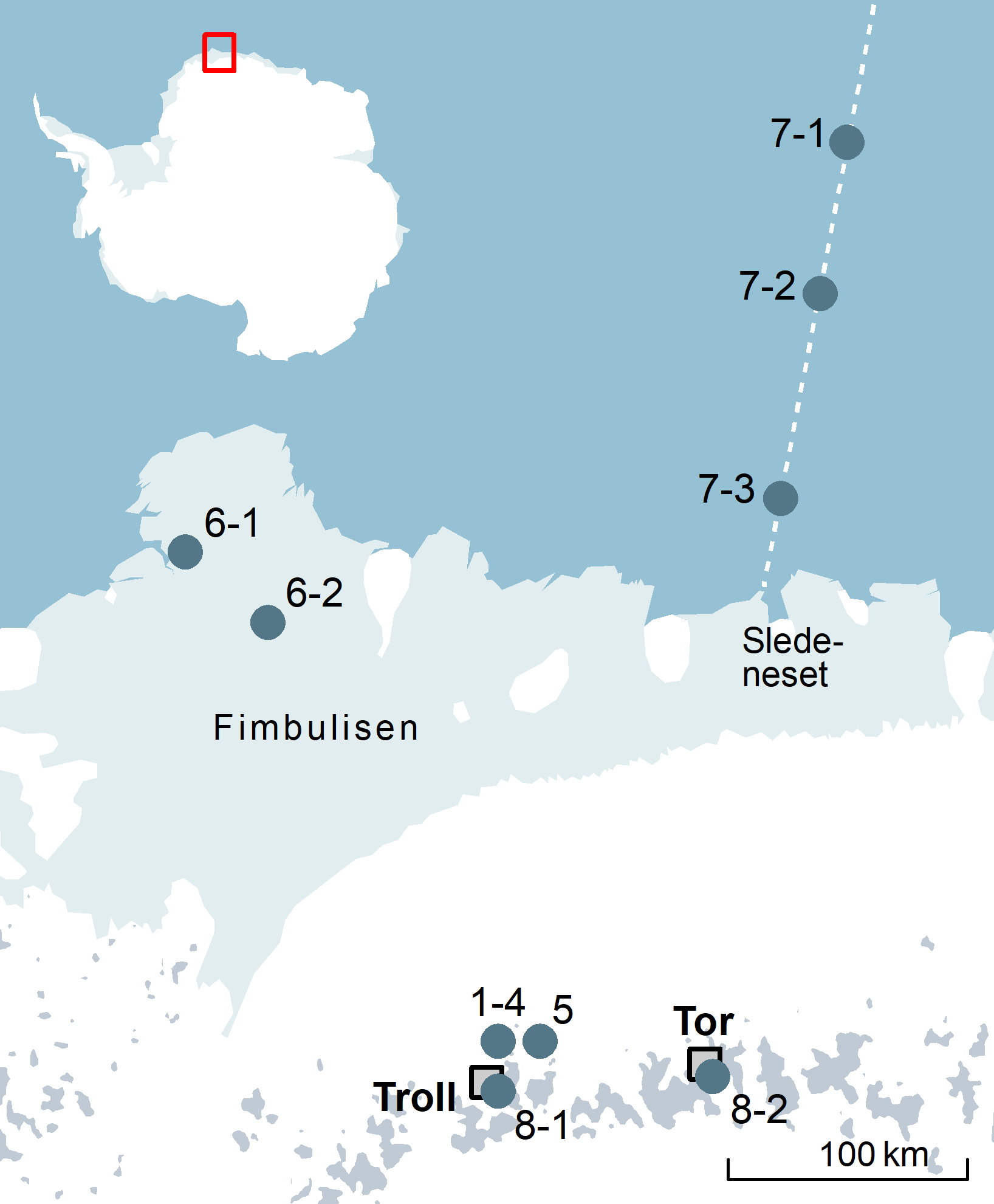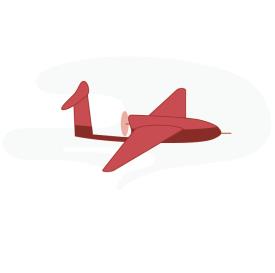Antarctica and the surrounding Southern Ocean are key drivers of Earth’s oceanic and atmospheric systems. Our entire planet is interconnected with, and greatly influenced by, processes originating in the far south.
We will not be able to fully understand how the Earth system works without comprehensive and up-to-date knowledge of the physical, biological, chemical and geological processes taking place there. An extensive observation and data gathering effort is required across the entire Antarctic continent and its surrounding ocean to gain the necessary knowledge needed.
The Troll Observing Network (TONe) is a comprehensive infrastructure network that aims to contribute significantly to this goal. It is centered at the Norwegian Antarctic research station Troll and focused on the Dronning Maud Land (DML) region, a region of Antarctica with relatively little observational data available.

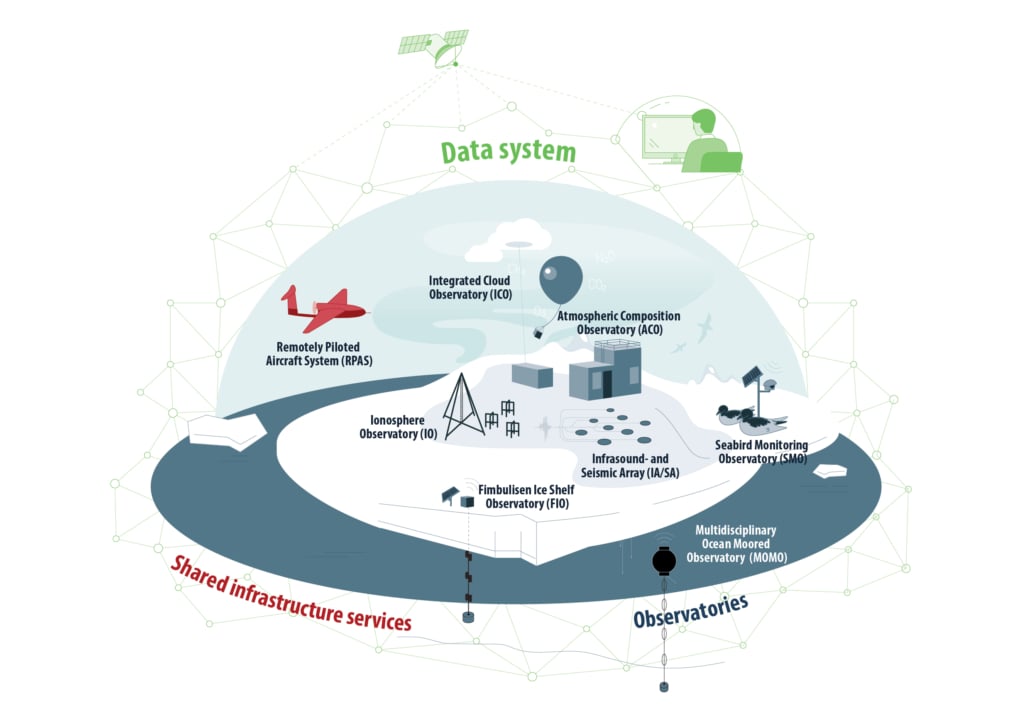
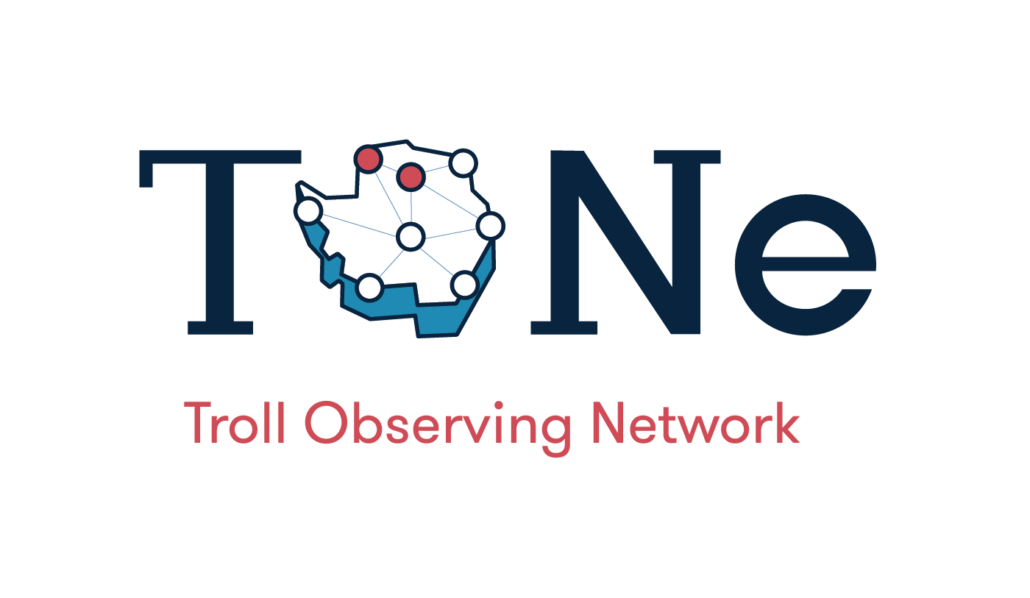 TONe is an infrastructure that wants to pave the way for better and more comprehensive atmospheric, cryospheric, marine and earth observations from the areas around the Norwegian research station Troll in Dronning Maud Land in Antarctica.
TONe is an infrastructure that wants to pave the way for better and more comprehensive atmospheric, cryospheric, marine and earth observations from the areas around the Norwegian research station Troll in Dronning Maud Land in Antarctica.

